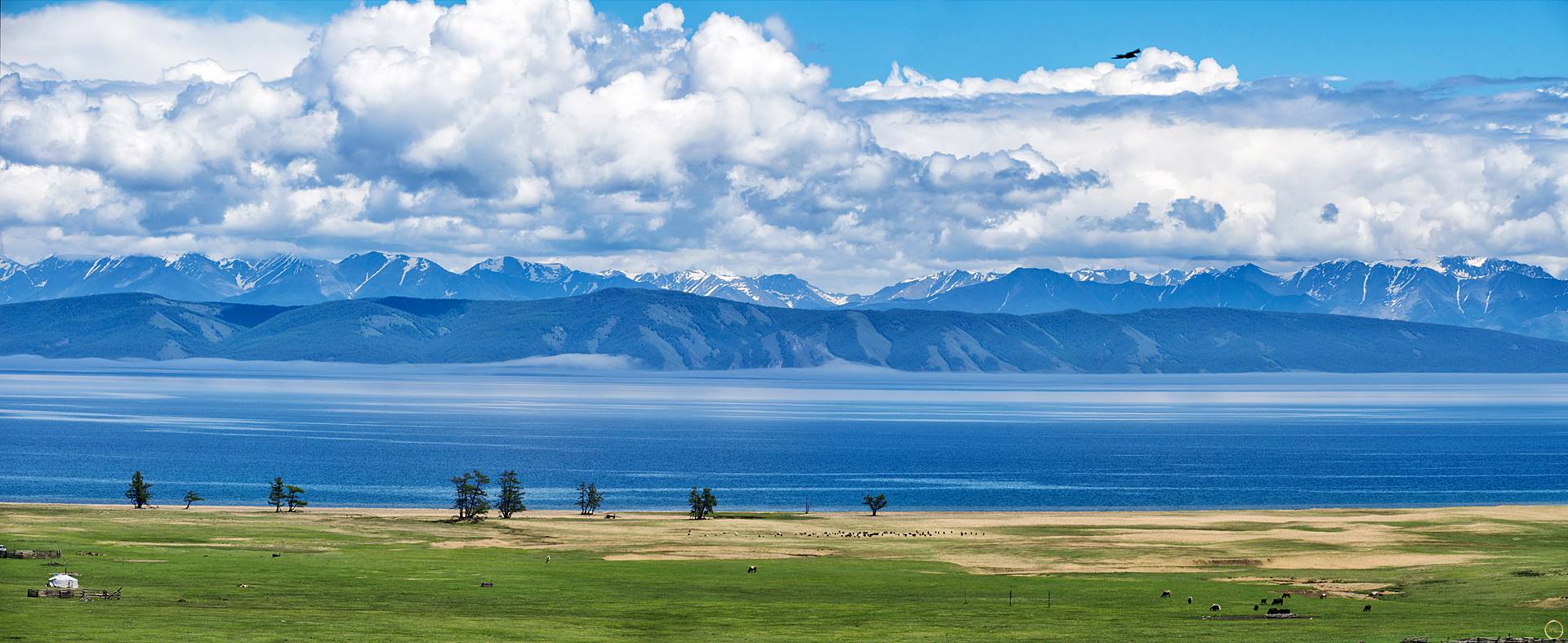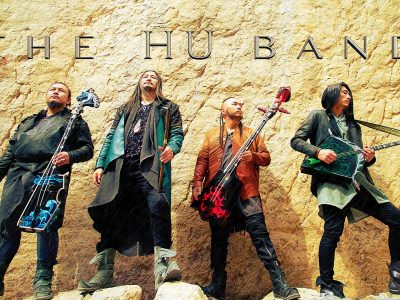Category: mongolia
Mongolia is a landlocked country in East Asia. Its area is roughly equivalent with the historical territory
of Outer Mongolia, and that term is sometimes used to refer to the current state.
It is sandwiched between China to the south and Russia to the north. Mongolia does not share a border with Kazakhstan, although only 37 kilometres separates them. At 1,564,116 square kilometres, Mongolia is the 18th-largest and the most sparsely populated unitary sovereign state in the world, with a population of around 3 million people. It is also the world’s second-largest landlocked country behind Kazakhstan and the largest landlocked country that does not border a closed sea. The country contains very little arable land, as much of its area is covered by grassy steppe, with mountains to the north and west and the Gobi Desert to the south. Ulaanbaatar, the capital and largest city, is home to about 45% of the country’s population. Ulaanbaatar also shares the rank of the world’s coldest capital city with Moscow, Ottawa, and Astana.


Вдоль границы с Сибирью на северо-западе Монголии расположены несколько хребтов, не образующих единого массива: Хан Хухэй, Улан Тайга, Восточный Саян, на северо-востоке – горный массив Хэнтэй, в центральной части Монголии – массив Хангай, разделяющийся на несколько самостоятельных хребтов. На восток и юг от Улан-Батора в сторону границы с Китаем высота Монгольского плато постепенно уменьшается, и оно переходит в равнины – плоские и ровные на востоке, холмистые на юге. Юг, юго-запад и юго-восток Монголии занимает пустыня Гоби, которая продолжается на севере центральной части Китая. По ландшафтным признакам Гоби – пустыня отнюдь не однородная, она состоит из участков песчаных, скалистых, покрытых мелкими осколками камней, ровных на многие километры и холмистых, разных по цвету – монголы выделяют особо Жёлтую, Красную и Чёрную Гоби. Наземные источники воды здесь очень редки, но уровень подземных вод высокий.


